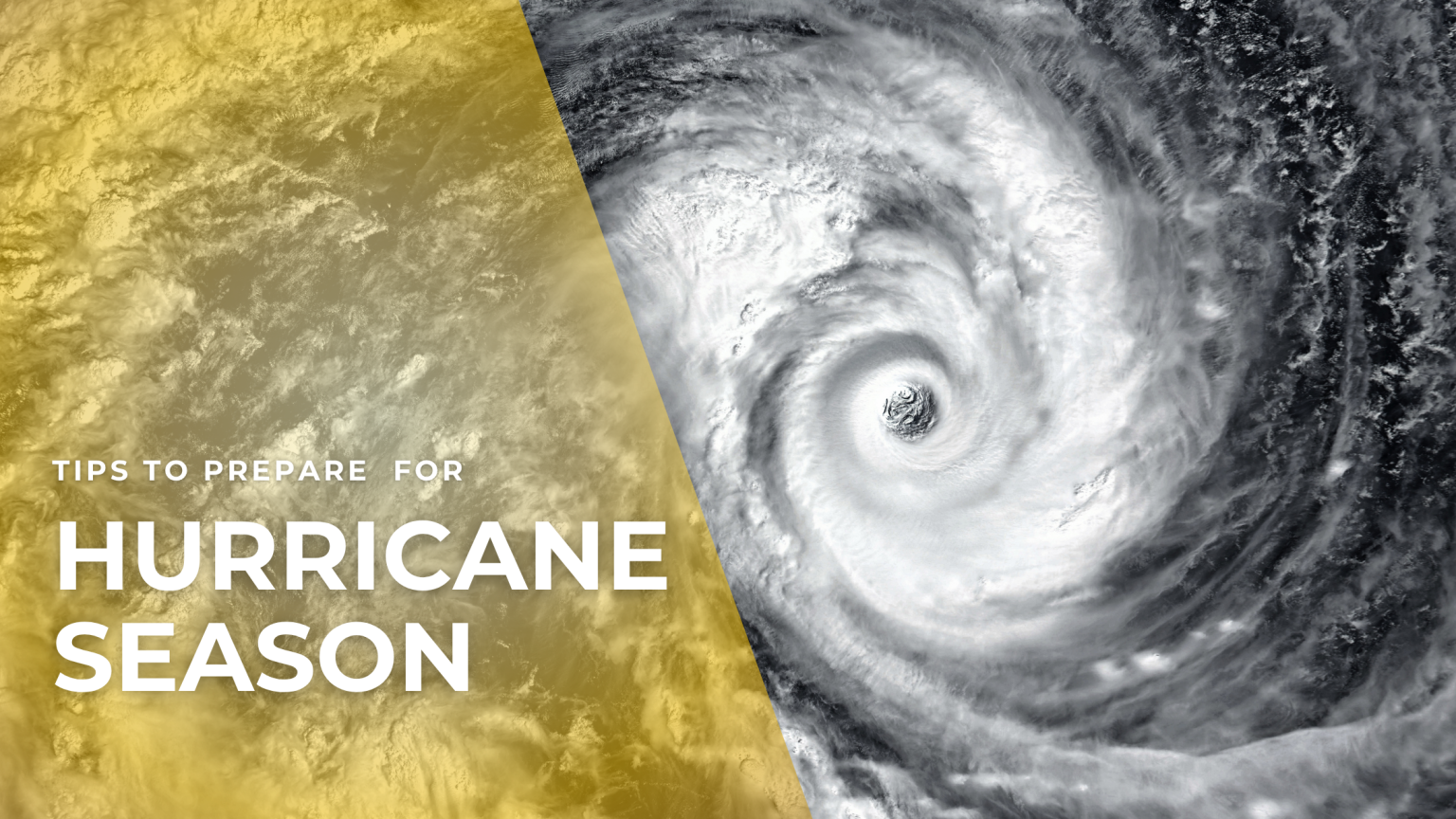
Hurricane Preparedness for New Homeowners in South Carolina
As a new homeowner in South Carolina, preparing for hurricane season is not just a recommendation—it’s a necessity. South Carolina’s coastal location puts it at high risk for hurricanes, tropical storms, storm surge, and inland flooding. The Atlantic hurricane season runs from June 1 through November 30, with peak activity from August to October.
South Carolina has a long history of being impacted by hurricanes and tropical storms. South Carolina’s beautiful coastlines and vibrant communities come with the reality of hurricane season. By taking these steps now, you’ll be better prepared to protect your home, minimize risk, and stay safe during any storm.
Since 1851, more than 40 tropical systems have made landfall or significantly impacted the state. Hurricane Hugo (1989) remains one of the most devastating storms, causing over $7 billion in damages and impacting nearly every part of the state. In 2024, Hurricane Helene brought devastating impacts to SC exceeding $370 million worth of damage as the storm traveled across the estate leaving widespread damage. Even tropical storms that don’t make direct landfall can bring torrential rain, high winds, tornadoes, and dangerous storm surge.
How to Prepare For Hurricane Season:
1. Know Your Evacuation Zone
South Carolina uses a zone-based evacuation system for coastal counties (Zones A, B, and C). To find your evacuation zone and get real-time updates, visit hurricane.sc
2. Secure Your Home
Protecting your property ahead of time can minimize damage. If your home enters the potential path of the storm take time to remove or secure loose items outdoors like patio furniture, kids toys, grills and trash bins. These items become projectiles in strong winds and can damage your home or adjacent properties. If your home came with hurricane panels/shutters review how to install them ahead of time so you are prepared in the event you need to use them.
3. Prepare for Power Outages
Hurricanes can knock out power for days or even weeks consider investing in a generator. A portable or standby generator can keep lights, refrigeration, and essential appliances running.
Stock up on supplies by having enough non-perishable food, water (1 gallon per person per day), flashlights, batteries, and a battery-powered radio for at least 3–7 days.
4. Know How to Shut Off Utilities
Before a storm, locate and learn how to shut off your water, electricity, and gas in case of flooding, gas leaks, or emergency evacuations.
5. Document Your Property
Review your homeowners insurance to ensure it covers wind and flood damage. Take clear photos and videos of your home’s exterior and interior before the storm. This documentation is critical for speeding up insurance claims in the event of damage.
6. Create an Emergency Plan
Plan Evacuation Routes and agree on a meeting point with family. Include a plan for pets—many shelters and hotels don’t accept animals. Register for local emergency alerts and stay tuned to TV, radio, or NOAA Weather Radio for official updates.
7. Build Your Emergency Supply Kit
Include the following in a portable, waterproof container:
- Water and non-perishable food
- First-aid kit and medications
- Flashlights, batteries, and portable phone chargers
- Important documents (ID, insurance, medical info)
- Cash (ATMs may not work if the power is out)
- Clothes, blankets, and hygiene items
- Pet supplies
South Carolina’s beautiful coastlines and vibrant communities come with the reality of hurricane season. By taking these steps now, you’ll be better prepared to protect your home, minimize risk, and stay safe during any storm.
For more resources, download the official South Carolina Hurricane Guide.
